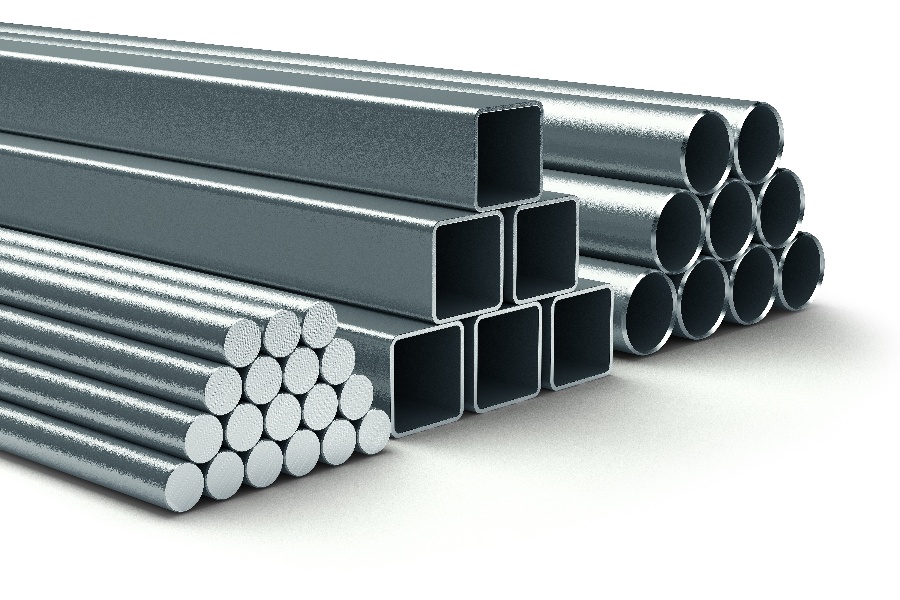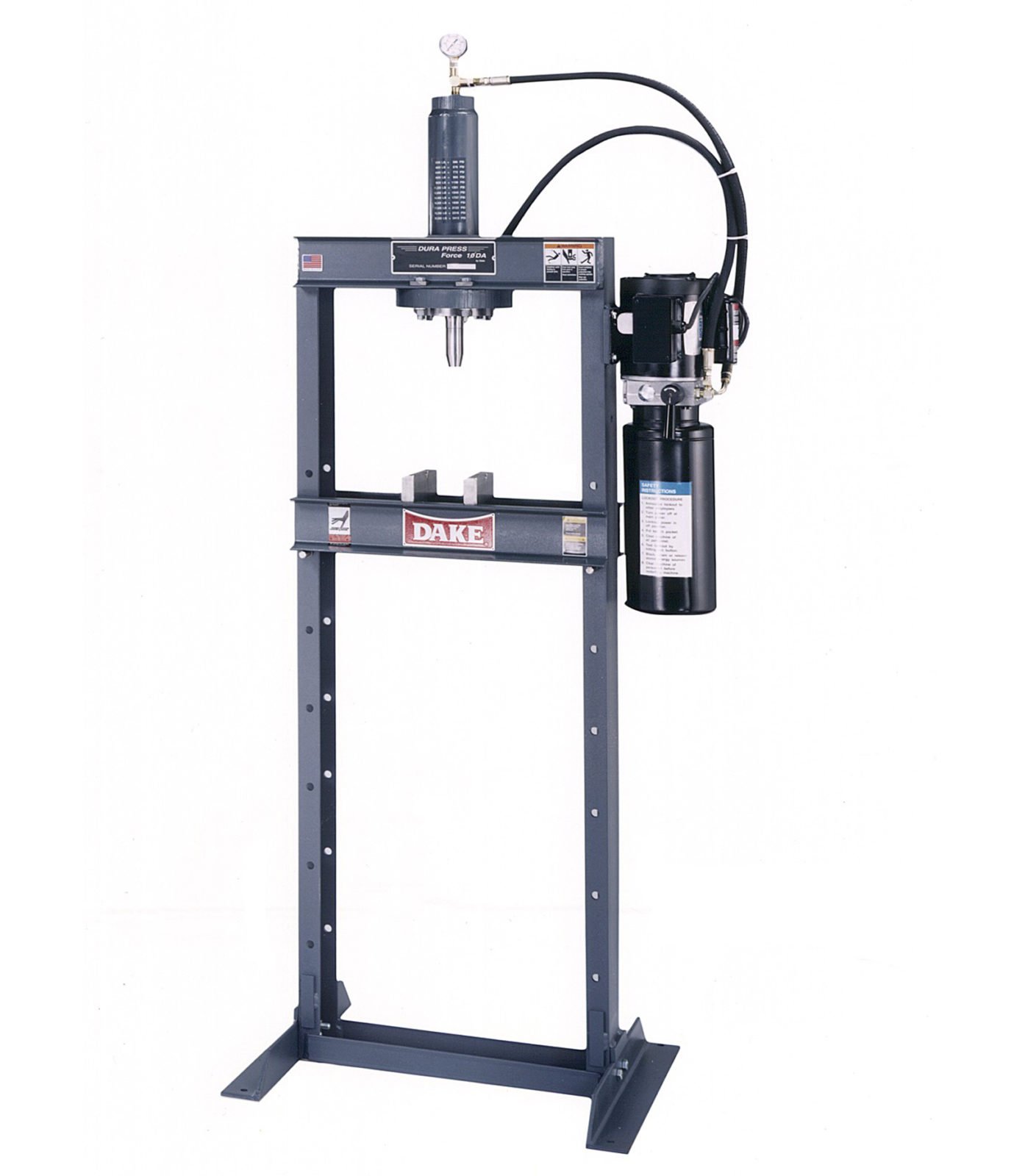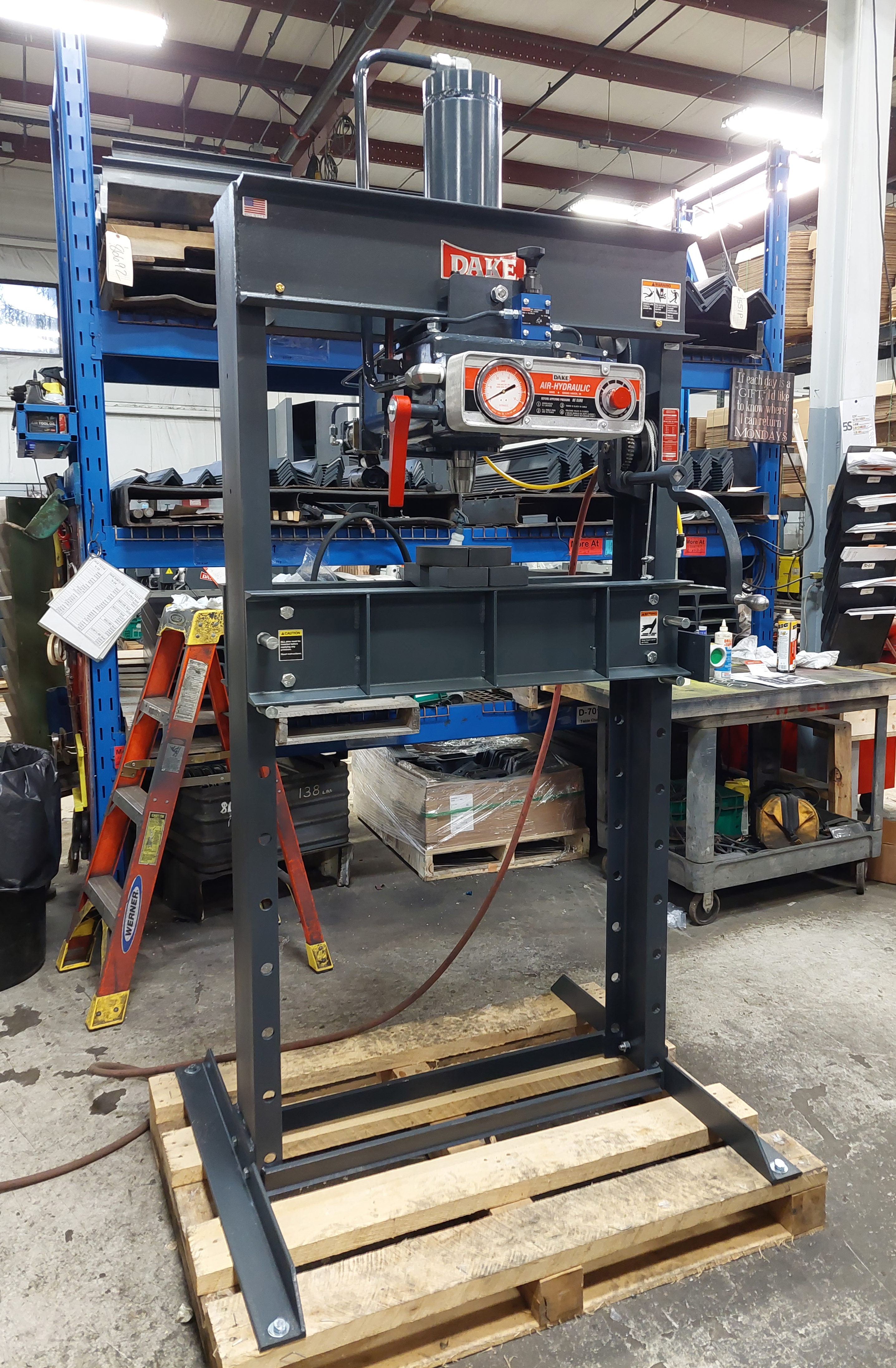The key to running a metalworking facility like a well-oiled machine (pun intended) is to properly store all of your metalworking materials.
It is far too often that one can walk onto a shop floor and see bundles of pipes or crowded stack of coils in the middle of a pathway. Don’t get us wrong. We completely understand that keeping heavy metal materials out of the way on a continuous basis is hard work. In fact, larger metalworking factories have job positions specifically dedicated to moving heavy materials out of the way and into proper storage.
However, even though it is not uncommon to see a cluttered metalworking shop floor, it is entirely unsafe and may even be cutting into your profits. Allow us to elaborate.
Why Do I Need Organized Storage?
Sheet metal and other heavy and/or sharp materials need to be kept out of the way mainly for safety reasons. However, having a messy shop floor can also cost you a lot of money.
First, metal materials can be easily damaged when they are left out in the open. Scrapes, dings, and dents can all render a piece of metal unusable. By simply putting the materials away, you can minimize having to buy more material than necessary.
Second, sometimes materials that are out on the floor can prevent workers from getting certain machines. Metalworking machines aren’t any good to anyone if they aren’t being used.
Finally, leaving materials out is an ineffective use of shop space. Furthermore, asking a technician to take the time to find a forklift and move the materials is an ineffective use of his/her time. You always want to ensure that every inch of your metalworking facility is used to its fullest advantage, and that your employees are doing the jobs that they are best suited for.
How to Store Metalworking Material
The first step in properly storing any type of metal material is to figure out what the main issues are and what inventory you currently have in stock. Here are a few questions to ask yourself:
- What materials do I have?
- When did I receive these materials?
- What does my current storage system look like?
- How efficient is my current storage system?
Once you have answered these questions, you can begin making a better plan for solving your clutter issue.
Here are a few tips:
1. Invest in Heavy Machinery
If you don’t already have some type of transport to move heavy materials from one location inside your shop to another, then you should start there.
Depending on how large your facility is and the type of materials you keep, there are many pieces of heavy machinery that can assist you. These are a few of our personal favorites:
- Forklift: A powered truck-like vehicle with a pronged lifting device on the front to carry heavy objects. It is operated by a person.
- Stacker Crane: An electromechanical system that consists of an elevator, lifting device, and handling device. This is an automated storage and retrieval system built for tall warehouses.
- Narrow-Aisle Side-Loader: A restyled forklift that uses independently-operating wheels to travel sideways into tight spaces. It is operated by a person.
2. Store Material Vertically
To save on floor space, plan to store metalworking materials and supplies vertically as opposed to horizontally. Buying more land to expand your facility simply for storing materials might not be the most cost-efficient solution. Our best advice is to build upwards not outwards. This will help to maximize the efficiency of every square foot.
There are many different storage solutions available today for metalworking facilities. We recommend a rack system that is capable of handling the weight of sheet metal as well as bar stock, coils, dies, molds, pipes, tooling, and tubes. When shopping for the right rack system, take the following factors into consideration:
- Durability
- Load capacity
- Material handling
- Safety
We recommend choosing a rack system that is specifically designed for organizing and storing heavy-duty materials. While roll-formed steel might seem like the best choice, we suggest looking at systems with better durability and higher load capacities. Rack systems with wide flange beams work best.
3. Keep Track of Deliveries
Every time new materials and supplies come in, it needs to be recorded. With the growing demand for metal products across numerous industries, it’s important to keep your resources flowing at an appropriate pace.
If you know when your materials are delivered and how much material you grind through in a month, you will be better able to manage your inventory as a whole. In turn, this will help with the facility’s storage and organization as well. With a bit of practice, you will know exactly where each material goes, how it can be stored, and when you will most likely need to purchase more.
4. Know the Limits
No matter what type of storage system you choose, it’s always best to understand the limits of that unit. The average weight capacity per shelf should be around 80,000 lbs. If you get a cantilever rack system, each arm should be able to handle about 20,000 lbs.
5. Go Custom
When in doubt, you can always have a storage system custom-built to suit your workspace. While this is usually more expensive, it could be very beneficial for your company in the long run. Every piece will be engineered to suit your specific inventory, which can result in smoother day-to-day operations, less waste, and happier employees.
Keep Your Dake Machines Running
Better storage and organization means that your Dake metalworking machines won’t stop working. An organized floor plan means that your employees can easily get to the machines and complete their tasks efficiently. Simply put, everything is easier when it's organized.
If you would like to learn more about Dake machines or request a customized model for your metalworking shop, contact our team of experts today.
-1.jpg?width=1200&height=525&name=DAKE003_%20Logos_Red%20(002)-1.jpg)

.jpg)

